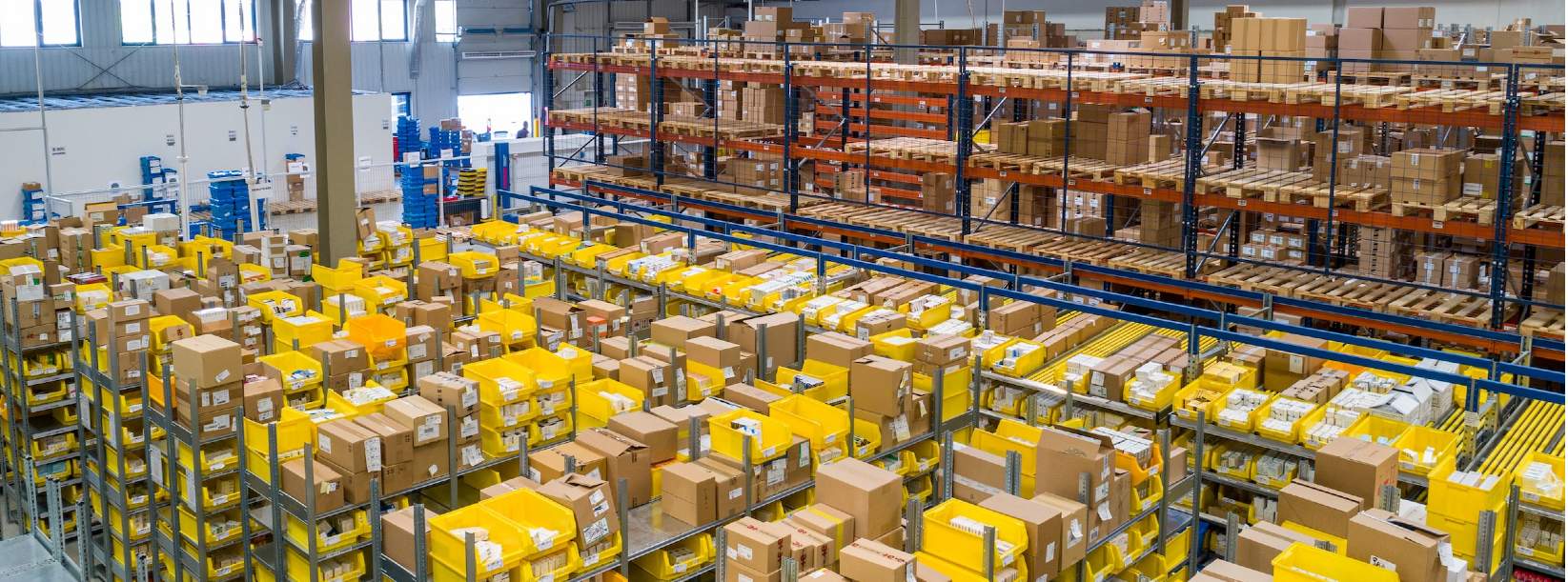With the new draft Rating Lists, published in England and Wales by the Valuation Office Agency (VOA) and in Scotland by the Assessor, late last year, all eyes are on which sectors will benefit and which will be left paying the shortfall come 1 April 2023.
The new rateable values are based upon notional rental values as at 1 April 2021 in England and Wales, and 1 April 2022 in Scotland. Unsurprisingly, shops have benefited by average rateable value reductions of 10 per cent, with many areas across the UK seeing retail rateable values fall by between 30 and 40 per cent, or in some cases more. For example, The Trafford Centre and Lakeside have seen 34 per cent and 44 per cent reductions respectively.
Recognising the pressures the retail sector is under, the Chancellor also announced enhanced relief from business rates for smaller retailers, discounting their bills by a further 75 per cent.
Offices have seen average rateable value increases of 10 per cent across England, but again, some areas will be higher, while others will be lower.
But what about industrial and logistics? The VOA’s official figures show an average increase across England of 27 per cent for general industrial properties and 32 per cent for storage and distribution properties. These categories top the leader board for increases between the 2017 and 2023 Rating Lists, but when you delve beneath the bonnet, many large warehouses, particularly around London and in the South East, have more than doubled.
The valuation date of 1April 2021 was a time when Covid-19 had restricted shoppers from comfortably getting into town centres and had therefore resorted to online shopping. At the same time, home improvements increased demand for goods and materials and a level of optimism pushed up demand for warehouses, which in turn pushed up rents.
The two-year lag between the valuation date of 1April 2021 and the date from when the new rateable values take effect is a very long time. During this period we have seen a lot of change such as the war in Ukraine, which has put considerable upward pressure on fuel prices and worldwide economic challenges that are continuing to have an impact.
In essence, the 2023 Rating List, with rateable values based on 1 April 2021 rental values, is already out of date – and it hasn’t even gone live yet.
It seems that while some sectors have finally seen support and assistance for business rates, we now have a new victim of this system.
What we really need to see as a matter of urgency is a review of the transitional cap at 30 per cent for the largest properties and perhaps some discretionary relief from rates on the logistics sector as well as the retail sector. While other factors such as costs of labour and energy may arguably have a larger impact on the industrial and logistics sector, the effect that the rise in business rates will have on an occupiers’ operational margin remains a significant concern and the opportunity to save money by looking carefully at values will be of paramount importance.

.jpg)

.jpg)






